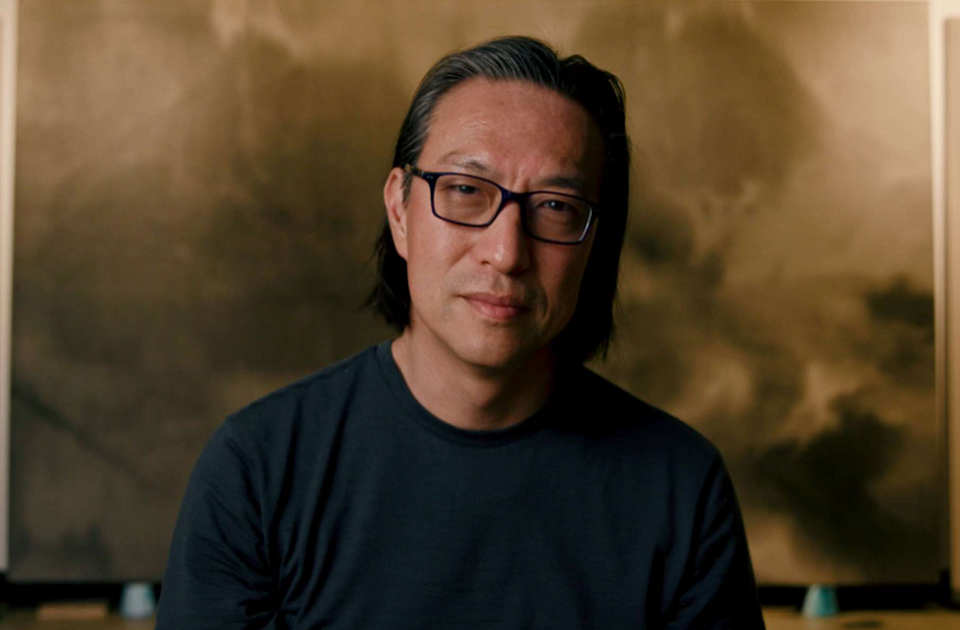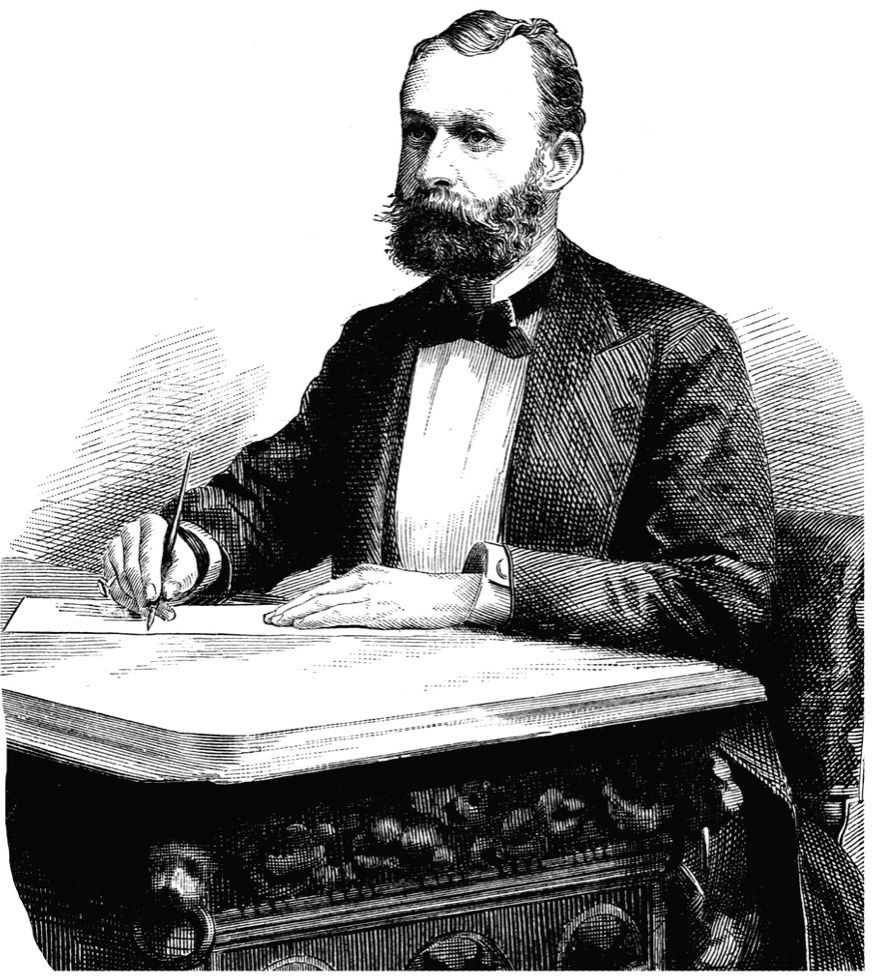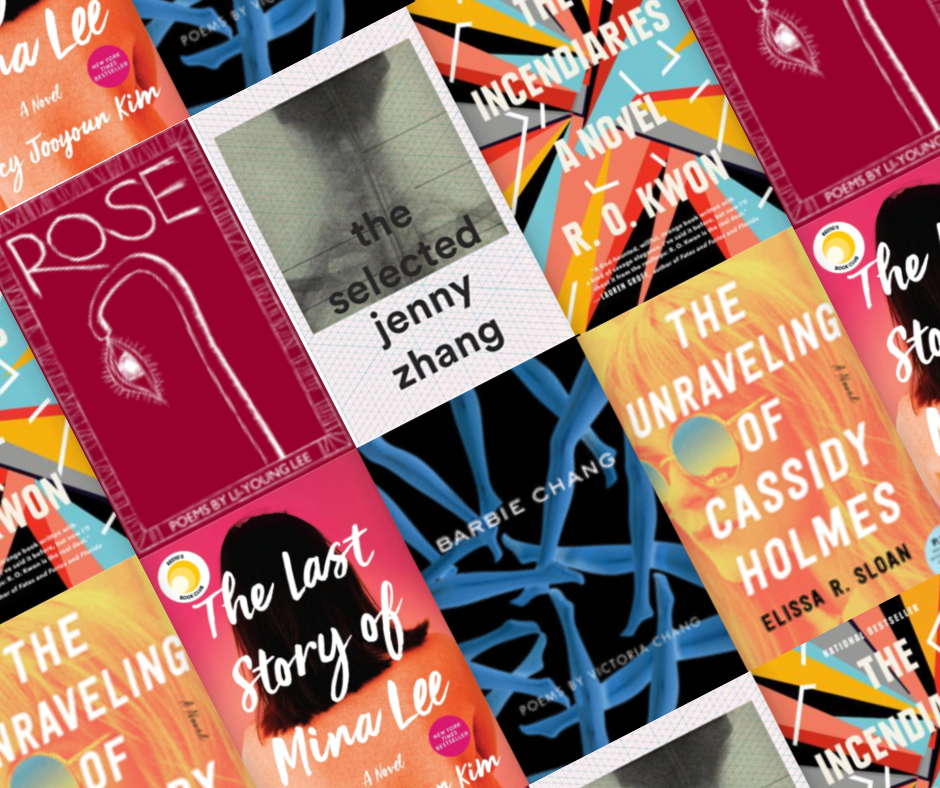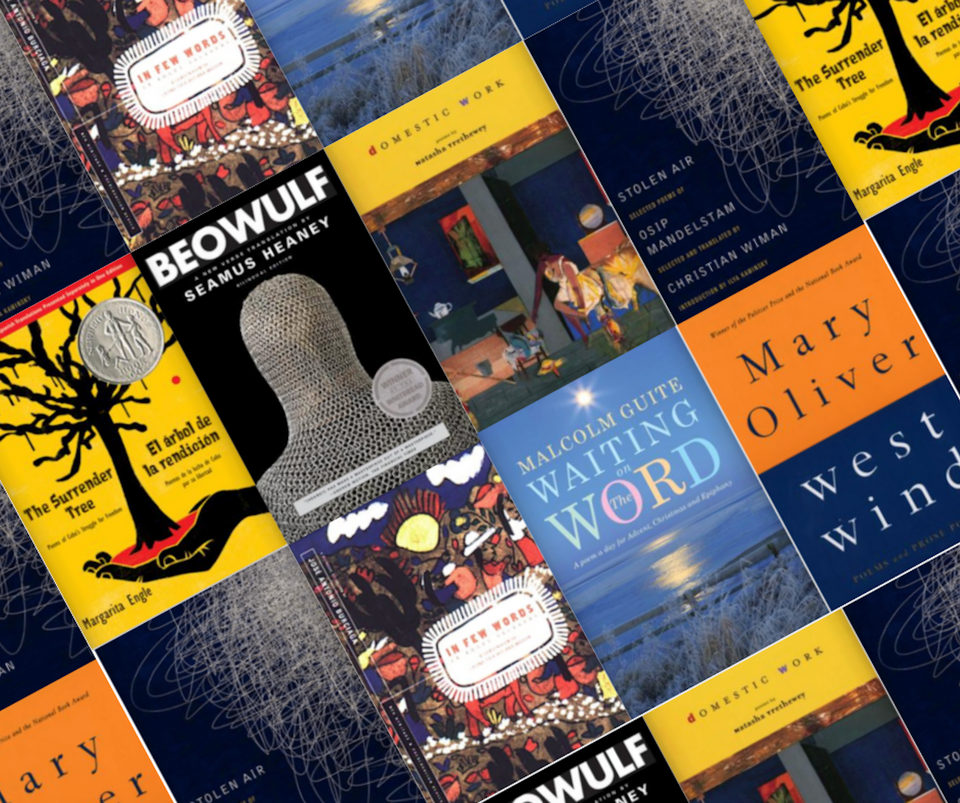This interview represents a homecoming for Makoto Fujimura, whose International Arts Movement (IAM) was the sponsoring institute of the Curator when it first launched, way back in 2008. He has founded several lasting initiatives, including IAM, IAM culture care, and the Fujimura Institute. A prolific, world-renowned artist, Fujimura’s paintings have been collected and displayed in galleries and museums around the globe. He’s also the author of five books. His most recent book, Art and Faith: A Theology of Making (Yale University Press), is the product of decades of artistic practice and attention. N.T. Wright, in his foreword, writes that the book “explains why making is central, rather than peripheral, to presenting the gospel to an unsteady world. The book opens a life-giving vista onto the beauty and mercy of God and invites us to join in the feast.” The film director Martin Scorsese calls the book “luminous” in the way it “addresses the question of art and faith and their reconciliation.”
The transcript of this interview, which took place April 6, 2021, as a live event conducted over Zoom, has been edited for clarity and concision.
CHRIS DAVIDSON: Let’s talk about the long process of putting this book together and what you hope for it as it goes into the world.
MAKOTO FUJIMURA: This book is my life’s work of tending and stewarding, of being aware. When I’m painting, I’ve always felt like something was coming through me—rather than the painting being something that I owned or that my ego created. This was true way before I had any awareness of Christ intervening in the Cosmos. Then I discovered Jesus’s voice through William Blake and I recognized it as the same voice that connected to my intuitive, creative side.
I was just recently reading TS Eliot’s story of coming to Christian faith, and he described this inkling as well—this longing that came through many journeys of darkness and brokenness and isolation. He always had the sense that there was a voice behind the silence.
Truthfully, I have been writing this book for close to 30 years, and many of the nuggets came out of communal conversations that happened in New York and Los Angeles and Tokyo and other places. The best book is the one that I don’t write, the one that ends up within the readers or people. To me, any kind of fruitfulness is an impossibility. Whenever there is somebody on the other side responding to your work, and more importantly creating out of it, there’s nothing more gratifying.
The book reads as series of ideas, with recurring threads or ideas that constitute the theology you explore in the book. Perhaps you can talk a bit about that theology.
I am, in a sense, redefining what theology may mean to us, or the way we understand how we come to know God. From the get-go, when I first met Christ, I read through the Bible three times, and each time, I felt very much affirmed that this was a story about an artist. This was the artist. God may be the only true artist.
Let’s say you’re a maker responding to the maker. How does scripture look from that lens? Consider John 11:35, which is only two short words: “Jesus wept.” That, to me, is a pinhole through which we can see the entire good news of the Bible. Jesus weeping doesn’t make sense. It is counter-intuitive. It is not utility driven. There’s no purpose for it other than his commitment to humanity, his commitment to be present in suffering. When he had all the power to fix that suffering by resurrecting Lazarus, he doesn’t—not right away. Why? My entire book rotates around that question.
What that incident may indicate is that God did not create the universe out of necessity or need. There is purpose behind the purpose that we may not understand fully. God doesn’t need any of us. So why did God create? God created because God is love, and love exudes, and love creates. Love makes unnecessary gestures, and gratuitous gestures, and beautiful gestures. That’s art and poetry to me. It belongs in a sphere that C.S. Lewis called “the gift economy.” We try to commoditize it, to use it efficiently, but that does great damage to a human soul.

There is a large section of the book where you talk about Lazarus—his mourning sisters Mary and Martha, Jesus weeping at his grave before he calls him and raises him—and you end the book with a chapter called “The Lazarus Culture.” What do you mean by the term “Lazarus culture”?
“Lazarus culture” is living in step with God’s invitation to co-create now. Because we are created in the image of God and, in Christ, we are “new creations.” God gives us a great invitation. God is not waiting for us to defend him and try to win a debate against atheists. God is all-sufficient. Yet through Christ, God is saying, because of my love, I have created beings that are going to take part in the creation of a new world. That is grace. There’s no need for that.
We often mistake data as an effort to get back to Eden, when God is saying, No the fracture in Eden still stands. Yet because of Christ—and principally, for me, because of Christ’s tears—creating is not just about fixing the world. Lazarus culture is about the creation of a new city, integrated with nature, another artwork of God that we have obliterated.
Lazarus has no words in the Bible. He’s just sick. He dies and is resurrected. In John 12, he’s reclining at the table with Jesus, just chilling out, which is notable. If you think about the context of that scene: he has just been resurrected by Christ. There’s incredible attention given to Lazarus—you know, all the media is trying to interview him, right? And the religious leaders are trying to capture him or kill him because he’s spreading this crazy idea that Jesus is the Messiah, and that’s very troubling to many people. Just imagine that scene; imagine being in Nazareth at that moment.
I imagine others saying, You know, maybe you should go hide in the mountains. Lazarus must have said, I was dead; I died. And then I heard the voice of God and here I am. What more can they do to me? I’m going to be okay as long as I’m with this guy here. And so Lazarus is absolutely relaxed, confident in God’s capacity. Later, there’s the historical anecdote that Lazarus was burnt alive at the stake by Nero, so we know that his resurrection was temporary, and we also know that Jesus’s resurrection is permanent, the new creation embedded within us is permanent.
So why are we so anxious? Why are we running around trying to fix the world? There’s nothing wrong with fixing the world. But the motivation and the confidence and the priority should be to absolutely stay on, gazing at the beauty of God and being able to create like a child, totally free.
Some Christians believe the world is out to get us; scarcity is a virus and it’s all around us. But the power of Jesus’s community is that we should have this kind of relaxed repose that Lazarus has in John 12.
I think about those communities that I’m part of where I feel most “resurrected,” where I’m raised from the drudgery of the daily and necessary tasks of life. It’s as if someone calls you forth out of death. There’s something beautiful about that. One of the metaphors you use in the book, about the art of kintsugi, reminds me of what Dorothy Sayers calls the “problem/solution language” that drove industrialism and drives voracious capitalism. Like Sayers, you say we shouldn’t be thinking in terms of problem and solution. We should be thinking instead in terms of a situation that needs healing met by new creation. Perhaps you can talk about this idea of “new creation”—not as restoration but as a new thing, particularly as embodied by kintsugi practice.
Kintsugi came out of the venerable tea tradition of 16th century Japan, something I’ve written about before, in Silence and Beauty. When a teacup that’s used to serve in an important ceremony breaks—because, for example, there are many earthquakes in Japan—then families or tea masters will hold on to it without trying to fix it right away, for several generations, passing along the story of its breaking. Then, generations later, they will give it to a Japan lacquer master to mend it, with gold in the fracture.
There is community created around this idea of mending to make something old new again by using this very simple technique. You mend the cracks with Japanese lacquer. The resulting kintsugi bowl is more valuable than the original. It is a new creation. In Western terms, beauty is connected to perfection and excellence. To make something beautiful, you patch it up, you fix it as if it never happened. But in Japanese culture, the imperfection is what leads to beauty.
I’m creating workshops so that anybody can experience kintsugi with a master, because kintsugi has been a somewhat hidden tradition. The experience is healing. You bring your own objects that have meaning attached to them, to mend them in community with others over a period of time—a three-hour workshop. In those three hours, incredible things happen: the spirit comes alive in us when we are in a process of slowing down and mending using our hands, literally connecting the fragments that we bring to these workshops.
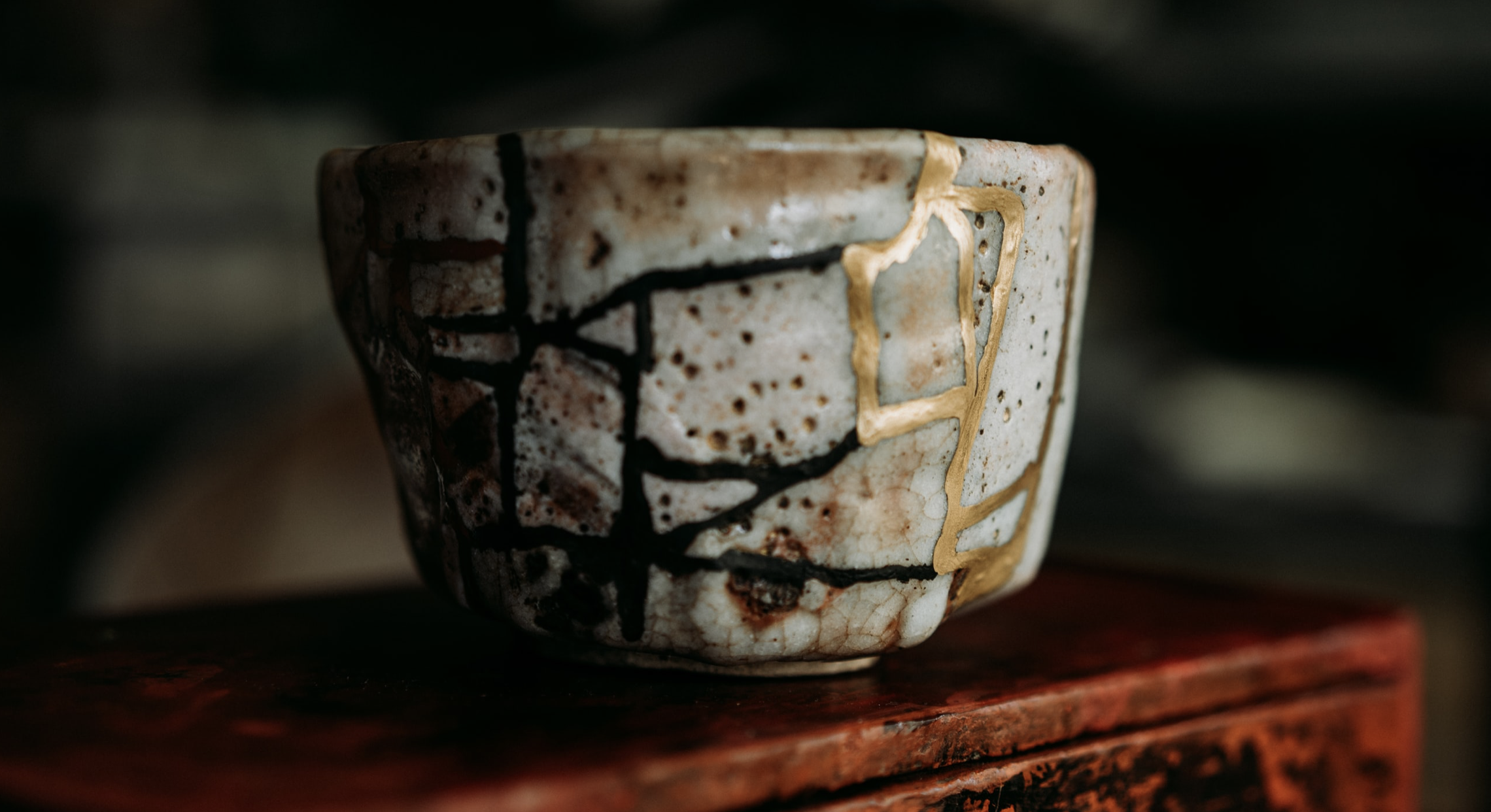
In the book you talk about cataclysms—such as 9/11, one of the major expressions, or symptoms, of modern brokenness and fragmentation. There’s a certain kind of pigment you mention that you make for your paintings. You write about putting layers of crushed minerals as pigments onto a canvas and then having to wait for for each layer to dry before you can add material. Can you talk about how that process might be a way of understanding how these traumatic events are processed and maybe even transformed?
As you noted, I use pulverized minerals like Azurite and Malachite and other rocks that you pulverize by hand. I work with artisans in Japan to create pigments that suit my temperament; these colors mix 16th-century 17th-century Japanese materials with space-age materials. It is a slow process of making these paintings [behind me]. I painted these outside as part of a collaboration with a jazz percussionist, Susie Ibarra, and we’re going to be releasing an album called Walking on Water, part of my ongoing effort to understand if—in fractured times, in distressing times, in a place where all seems to be scarcity, and the abundance of creation cannot be invoked—can we still create something new? I am asking that question as a form of prayer.
I am trying to value the fractures and scars and wounds that we all have. Rather than running away from those wounds, I want to walk into them, to create into them. Just as in those post-resurrection appearances of Jesus, Jesus has the nail marks in his hands. He not only appears as a wounded savior, but it’s clear that he remains human. God could choose to be anything, but there’s some significance in being human and being wounded.
Hearing you talk about that creative process reminds me of these lines by the poet Robert Penn Warren, who lists a series of experiences and things he’s encountered in his life and then writes,
All items listed above belong in the world
In which all things are continuous,
And are parts of the original dream which
I am now trying to discover the logic of. This
Is the process whereby pain of the past in its pastness
May be converted into the future tense
Of joy.
You held up the pre-pulverized mineral for us to help us recognize how transformation happens, through an embodied and slow process, not necessarily quickly or miraculously. In fact, even to be alive at all is kind of miraculous. At the end of your book, there’s a prayer that’s really lovely. You write: “May our art that we make be multiplied into the new creation.”
I love the word curate—you know “to curate” means “to cure.” I ask my museum curator friends, how are you curing the world? I think all of us are “curators,” whether we admit it or not.
Some of the most delightful responses I’ve received about my book have come from non-artists—like a plumber in Kentucky. He tweeted at me and said he was so excited that I used “plumbing” theology as a way to describe the way that typical preaching is done today, in a kind of “quick fix mentality.” He said, I am a third-generation plumber and when you talked about kintsugi, that’s what I am. That’s what I do. I not only fix pipes. What I’m also doing is curing. That’s what my father taught me.
If you look at your work as part of “making,” then it becomes directly connected to the Kingdom expanding into New Creation. “New creation” is, you know, ubiquitous to those who are in Christ, right? We in Christ, we are a new creation from the inside out.
But when we think of new in the industrial sense, it is neon, you know, it’s flashy. It’s the new iPhone, or any new fashion. But Paul is talking about an entirely new thing. I translate that as “newness.” It is a new category altogether, and that’s what the resurrection brings. It is not resuscitation, back to the old life, not even back to Eden. It is an entirely new thing.
That hope requires imagination. Imagination can be hijacked by fear and anxiety and conspiracy theories, and so imagination needs to be retrained, to be sanctified. Dr. King’s “I Have a Dream” speech is not just saying this is all wrong and we’re going to fix it. Yes, restoration needs to be done, but his words painted vistas of hope.
Oftentimes, we are caught up in a spiral of brokenness. I have nothing against describing the violence and fractures of our time accurately. That is also prophetic work. But we also need to understand, none of it is persuasive until we are able to paint that picture of what the future ought to look like.
When Dr. King gives that speech, he’s painting a picture of what life might look like in contrast to how it looks at the time.
And we are compelled by his vision.
How does all that you are talking about relate to mysticism? Or asceticism?
I’ve been called a mystic! You know, the enlightenment reality of utilitarian pragmatism is the sense that we live in a post-industrial society where everything has to be justified by bottom lines and efficiency and purpose and growth. Yet the real capital is in the imagination and in preaching the Good News.
Paul doesn’t say, I am preaching the gospel. He says I’m preaching the mystery of the gospel. The word “mysterious” is a profound prophetic word. What does that mean, “the mystery of the gospel”? It’s certainly not only the information of the Gospel, the historic reality that we can prove or disprove—it is something deeper than that.
We live in a very divisive moment. What role can the artist play in this season of history?
We can be like Amanda Gorman. At the inauguration, she spoke directly into the fracture. She was composing her poem as the capital was being attacked, and she did not shy away. We have to learn from her: to look at the fractures and to prophetically see. That’s the way into a new creation. It’s not a simple task. It’s a life work for many of us, and I’m sure it won’t be enough. But it is the only way.
If you purchase Art and Faith: A Theology of Making through one of our Bookshop.org affiliate links, we may earn a commission that helps support our work — and ultimately pay our contributors. You’ll also be supporting independent bookstores across the country.

